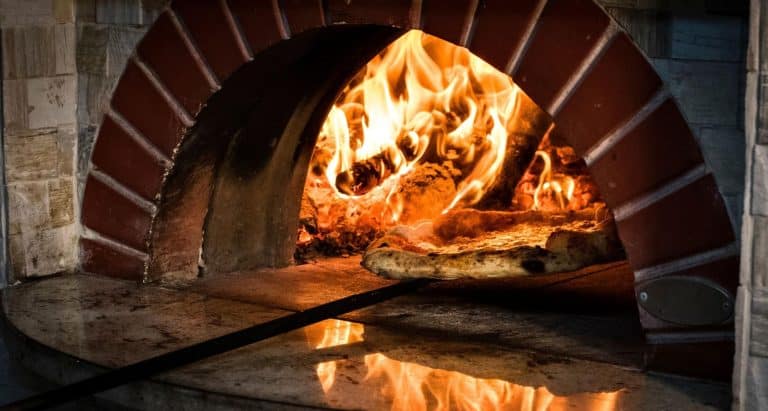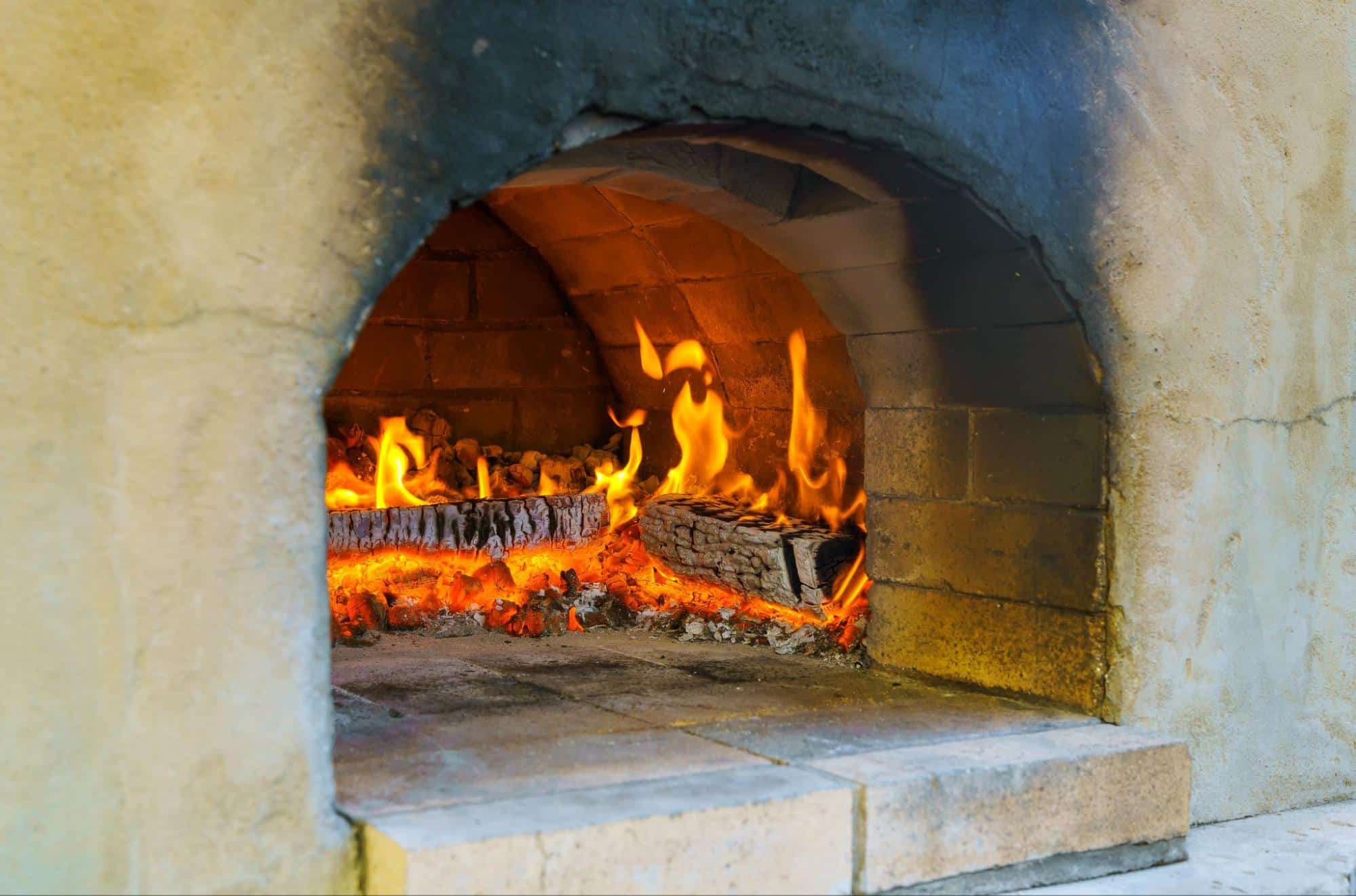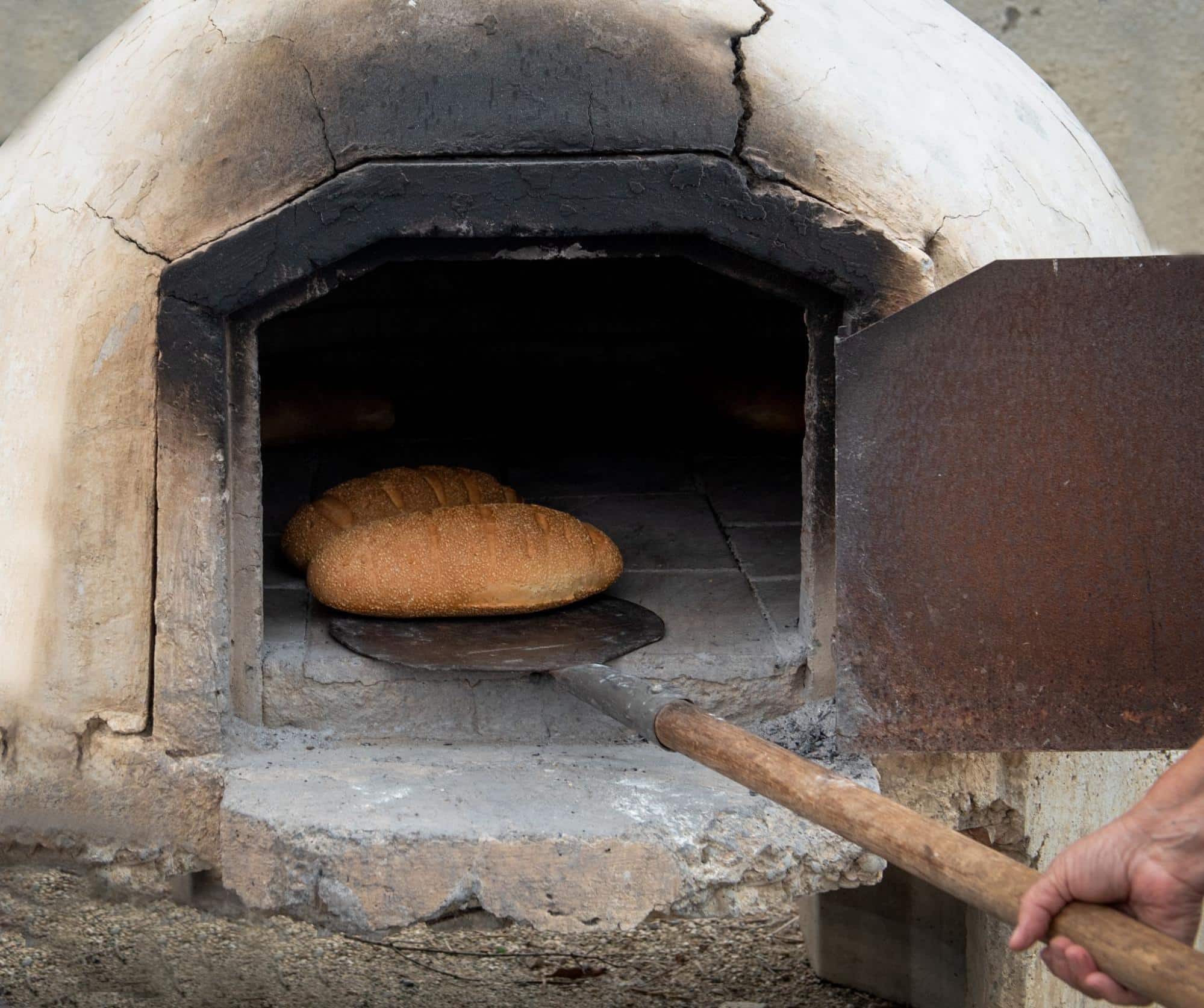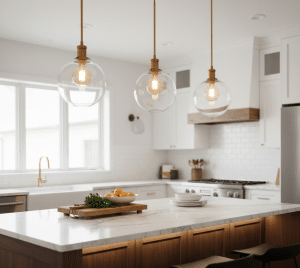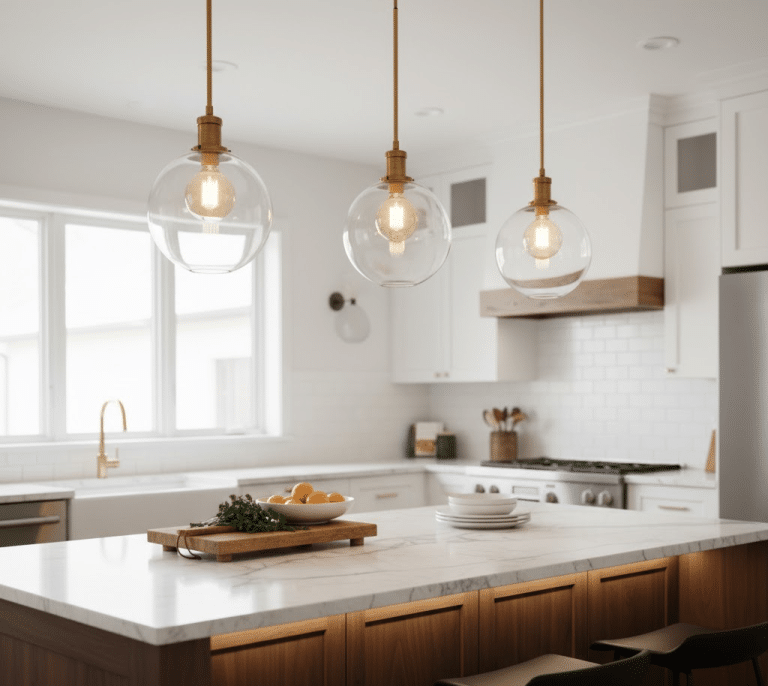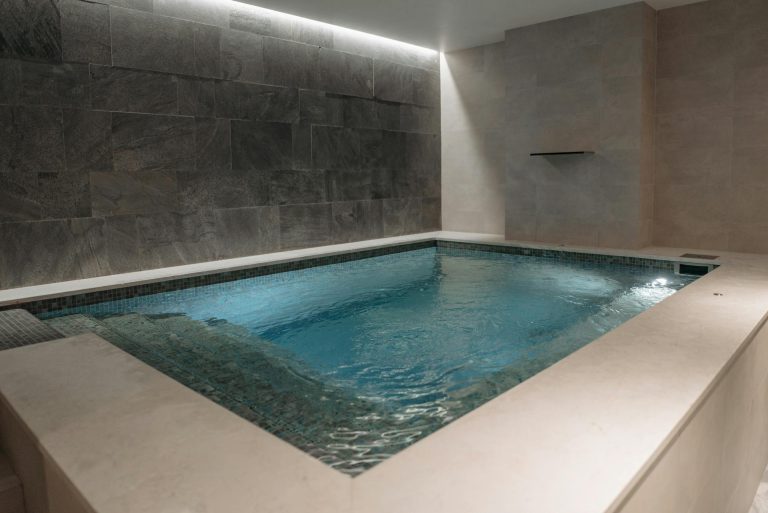A well-kept wood-fired oven will serve you for years, and the work you put into it always shows in the food it creates. Good wood-fired ovens maintenance keeps the heat steady, protects the structure, and helps you cook better pizza, bread, meat, and other foods with confidence. When the oven is cared for, it stays efficient, safe, and a pleasure to use all year round.
This guide brings together top tips to help you maintain your wood-fired oven in tip-top condition. Whether you are making pizza every weekend or only firing it up for special occasions, the steps below will help you protect the oven, manage airflow, and avoid the build-up of soot, ash, and creosote.
Why Regular Maintenance Matters
Regular care is not just good practice. It is essential if you want your pizza oven to stay reliable and easy to work with. Every time you cook, the oven floor collects food debris, excess flour, and small burnt elements.
The chimney and flue gather smoke, soot, tar, and creosote. All of this is completely normal, but if left untouched it affects the temperature, airflow, and overall performance of wood-fired ovens.
A clean wood-fired pizza oven heats more evenly, holds hot air more efficiently, and reaches the right temperatures with less wood. You get better pizzas with crisp bases, and your bread and meat cook more predictably.
By keeping the oven clear of deposits, you also reduce the risk of flare-ups and protect the roof and exterior from damage. With steady maintenance, you extend the lifespan of the oven and make each cooking session smoother from start to finish.
Establishing a Regular Cleaning Routine
The simplest way to maintain your oven is to build a regular cleaning routine. After you have finished cooking, let the oven cool completely. Do not rush this step. A properly cooled oven is safer to handle and easier to inspect.
Once it is cool, sweep out the ash and any loose food debris with an oven brush. If you prefer a lighter touch, use a smaller brush to reach corners and lift out crumbs or toppings stuck near the edges.
Wipe the interior with a damp cloth to remove soot and dust. For the exterior, use a soft cloth to keep stainless-steel parts clean and mark-free. If there are stubborn spots, an oven cleaner designed for wood-fired ovens will help, but always follow the instructions on the label.
Avoid heavy liquid use inside the oven, as moisture can weaken the surface if it does not fully dry before the next fire.
This routine keeps the oven in good order without taking much time. It is an easy habit that saves you from bigger problems later and helps the oven stay ready for cooking whenever you need it.
Cleaning the Oven Floor and Interior
The oven floor takes the most wear, so keeping it clean is key to long-term performance. After each session, once everything is completely cool, sweep the floor with an oven brush to remove excess flour, toppings, and food debris.
These small bits burn quickly and can leave dark marks that affect flavour when you next cook. If burnt patches remain, scrape them gently with a suitable tool. A small fire lit for a short time can also help burn off lighter residue.
Check the pizza stone, or tiles for stubborn spots. These areas can collect debris when you are making pizza, so a bit of attention goes a long way.
Avoid soaking the interior with liquid. A light wipe with a damp cloth is enough for surface dust. Make sure the floor is fully dry before the next fire so it heats evenly and avoids cracking.
Deep Cleaning for Long-Term Care
Deep cleaning keeps your wood-fired oven performing well through the seasons. Choose a day when the oven is cool and take your time. Start by sweeping out any remaining soot or ashes. Use warm soapy water for interior spots that need more care, but apply it sparingly.
Heavy liquid use can seep into the surface and reduce durability. Cleaning products suitable for wood-fired ovens can help with grease or soot, but pick gentle options.
Clean the door, exterior, and stainless-steel elements with a soft cloth. These areas gather smoke and splashes during cooking. For the interior, stay patient and avoid harsh scrubbing. The goal is to protect the surface, not strip it.
When you finish, let everything dry properly. A fully dry oven warms more evenly, keeps airflow steady, and reduces the risk of trapped moisture cracking the stone when you next raise the temperature.
Managing Heat, Air, and Fuel
Good heat control starts with good fuel. Choose dry, seasoned wood that burns cleanly. Damp wood produces too much smoke, cool air pockets, and uneven heat. A steady flame helps the oven reach the right temperature for cooking pizzas, bread, meat, and other foods.
Check the chimney and flue regularly. These parts direct hot air out of the oven and keep airflow moving. If soot or tar builds up, the oven will struggle to maintain heat. Clear pathways allow the fire to burn stronger and more efficiently. Proper airflow also protects the structure from smoke damage and reduces the risk of creosote catching fire.
Pay attention to the temperatures you reach when cooking. Every recipe needs something slightly different, so take a moment to assess the heat before you cook. With a well-maintained oven, you get a clean burn, a steady flame, and consistent results every time.
Looking After Exterior Surfaces
The exterior of your wood-fired pizza oven needs attention just as much as the interior. Smoke, soot, and changing weather can dull the surface over time. Start by wiping the exterior with a soft cloth after each session.
This removes light soot and food splashes before they settle. Stainless-steel parts benefit from regular cleaning to keep them bright and free from marks. A gentle cleaner works well, but avoid anything abrasive.
If your oven has painted areas, check for fading or peeling. Heat-resistant paint keeps the surface protected from high temperatures, rain, and general wear. Touching up small patches is simple and helps the oven stay in tip-top condition year round.
Make sure the paint is fully dry before lighting the next fire. Protecting the exterior reduces long-term damage and keeps the oven looking smart for years.
Seasoning and Protecting the Cooking Stone and Tiles
The stone or tiles inside the oven need proper care to withstand repeated heating. Seasoning them builds resilience and helps them cook evenly. To reseason, heat the oven gradually over half an hour. A slow rise in temperature prevents shock and protects the surface. Sudden hot or cool changes can crack the stone, so keep the process steady.
After cooking, let the stone become completely cool before you clean it. Sudden contact with cold liquid can cause cracks. When cleaning, scrape off any stuck residue gently and avoid harsh tools. A light wipe is often enough. Seasoning and gentle handling ensure the cooking surface stays strong, so your pizzas and bread bake evenly every time.
Storing Tools and Accessories
Looking after your tools makes every cooking session smoother. Store brushes, peels, and cleaning tools properly in a dry place. Moisture shortens their lifespan and makes cleaning less effective. Keeping everything clean and ready helps you move quickly when you start cooking.
Wood storage matters too. Dry, seasoned wood burns hotter and keeps airflow steady. Damp logs create smoke and struggle to reach the right heat. Store wood in a sheltered spot with good ventilation, away from rain and ground moisture. With well-kept tools and fuel, your wood-fired pizza sessions become easier, cleaner, and more reliable.
Preventing Long-Term Damage
A wood-fired oven is built to last, but only if you keep an eye on the small details. Check the tiles, stone, and floor for cracks. Light fractures are common after intense heat, but anything wider should be repaired before it spreads.
The same applies to the roof and the structure around the chimney and flue. Soot, tar, and creosote can build up and put strain on these areas, so regular inspection is good practice.
Look at the joints and seals as well. If you spot gaps or weakened areas, use fire cement to secure them. It is designed for high temperatures and helps maintain a tight seal. A strong, well-sealed oven holds heat better and reduces the risk of smoke leaking through the exterior. Keeping the structure sound protects the oven for the long term and ensures every fire burns properly.
Common Mistakes to Avoid
Many issues arise from simple habits that are easy to correct. One common mistake is cleaning before the oven is completely cool. Sudden contact with cool liquid can crack the stone or tiles, so wait until the oven has cooled fully.
Another mistake is using too much liquid inside the chamber. Moisture gets trapped in the surface and weakens it when you raise the temperature. A light wipe is enough for normal cleaning.
Avoid letting food debris sit on the oven floor after you have finished cooking. Burn marks left too long take more effort to remove. Also check that tools and wood piles are not blocking airflow.
Poor airflow lowers heat and creates smoky burns that affect flavour. With a bit of awareness, you can skip these problems and keep the oven running smoothly.
Conclusion
Looking after a wood-fired pizza oven is a mix of simple habits and occasional deep cleaning. A regular cleaning routine keeps ash, soot, and debris under control. Proper fuel, steady airflow, and gentle handling of the stone maintain cooking quality.
Checking the structure, using fire cement when needed, and protecting the exterior all help the oven stay strong year round.
With these expert tips, you can maintain your oven with confidence. When everything is clean, dry, and in order, cooking becomes more enjoyable. You get better pizzas, better bread, and better meals overall. A well-cared-for oven rewards you with steady heat, smooth performance, and years of reliable cooking.


